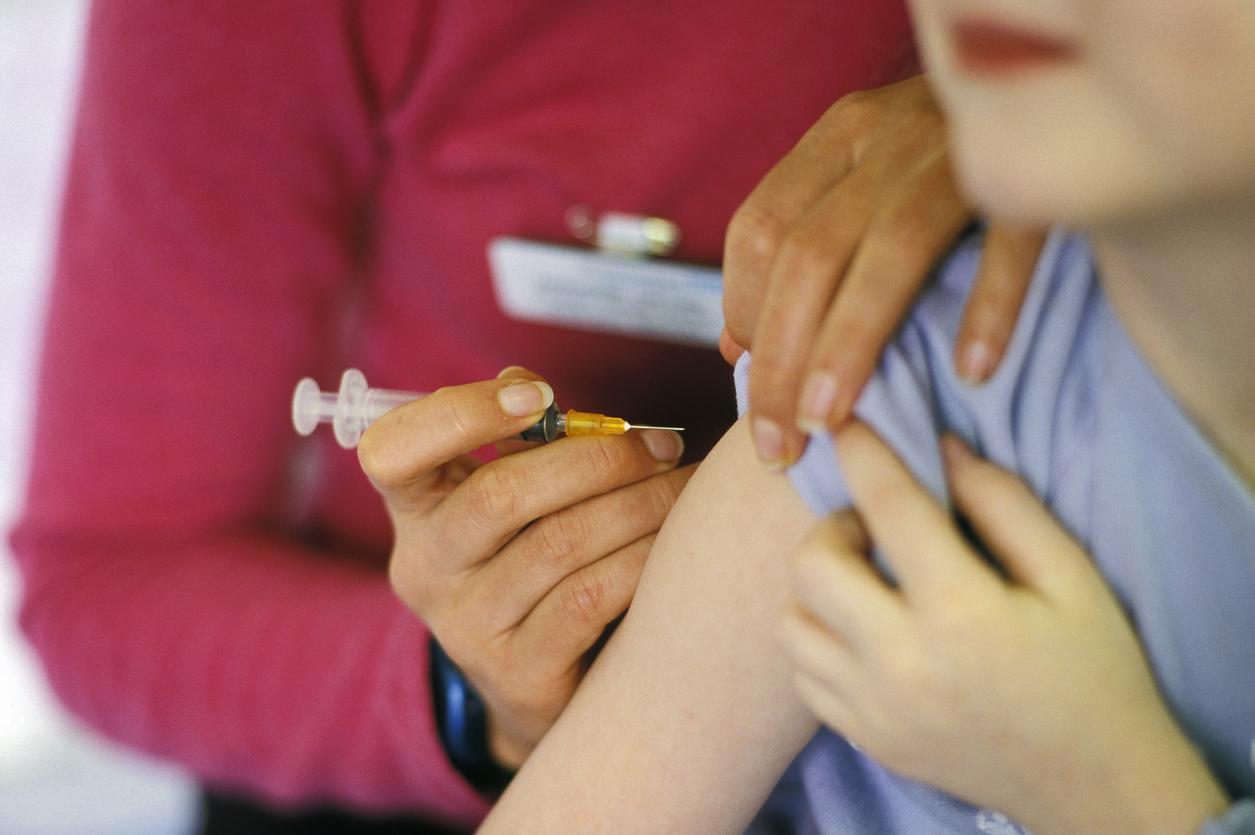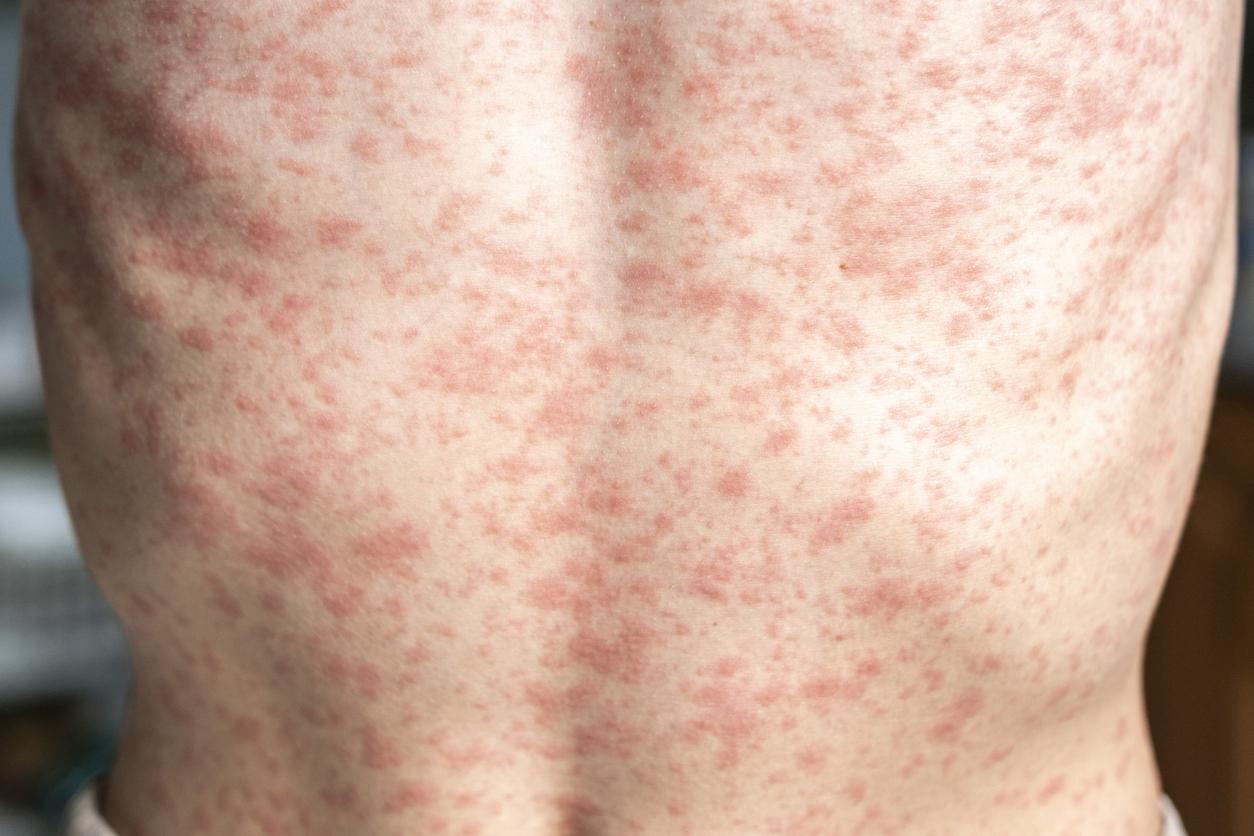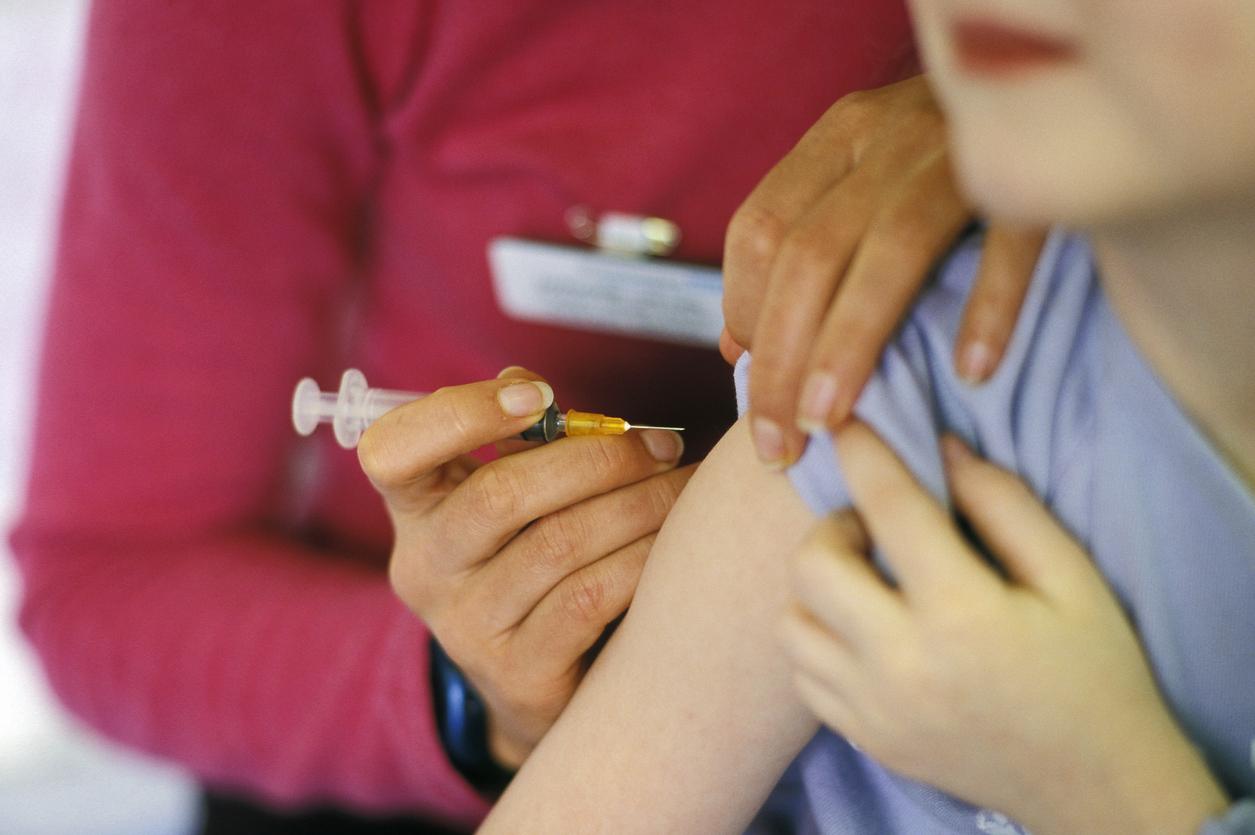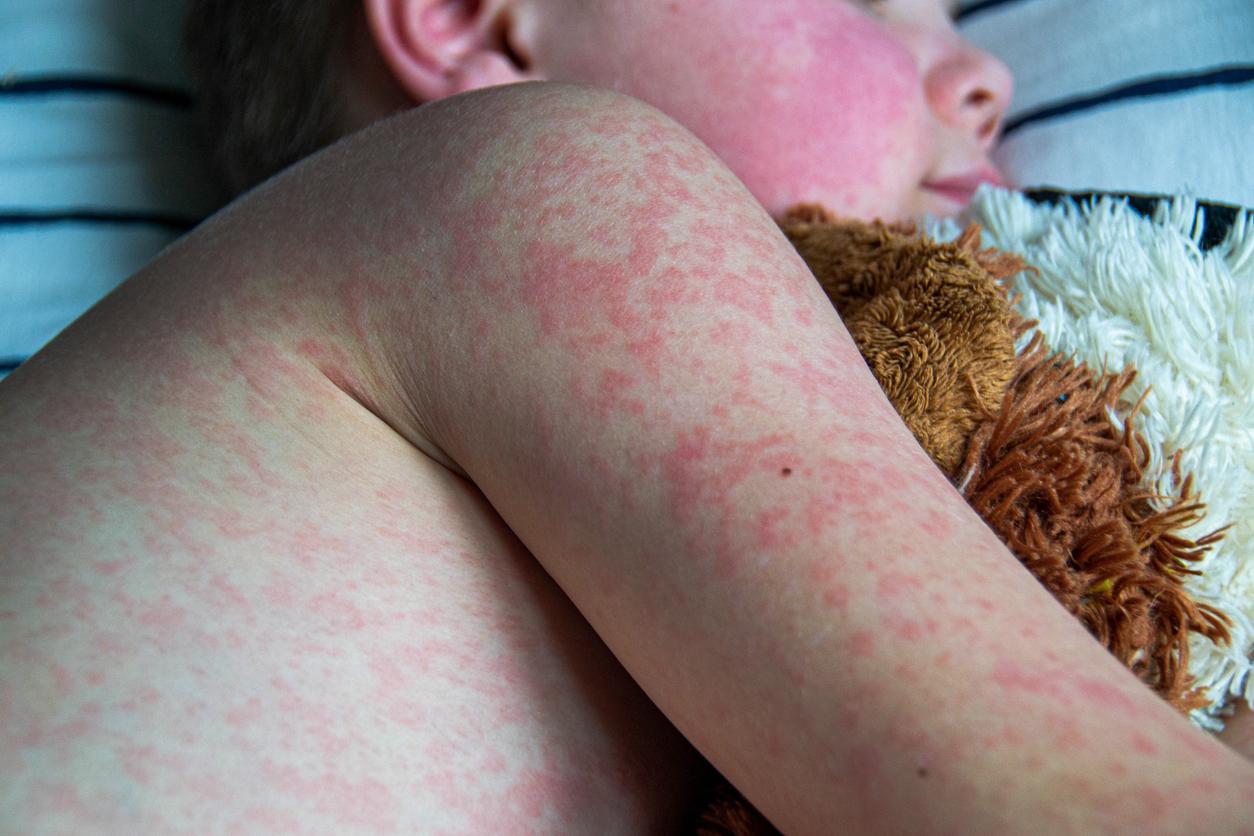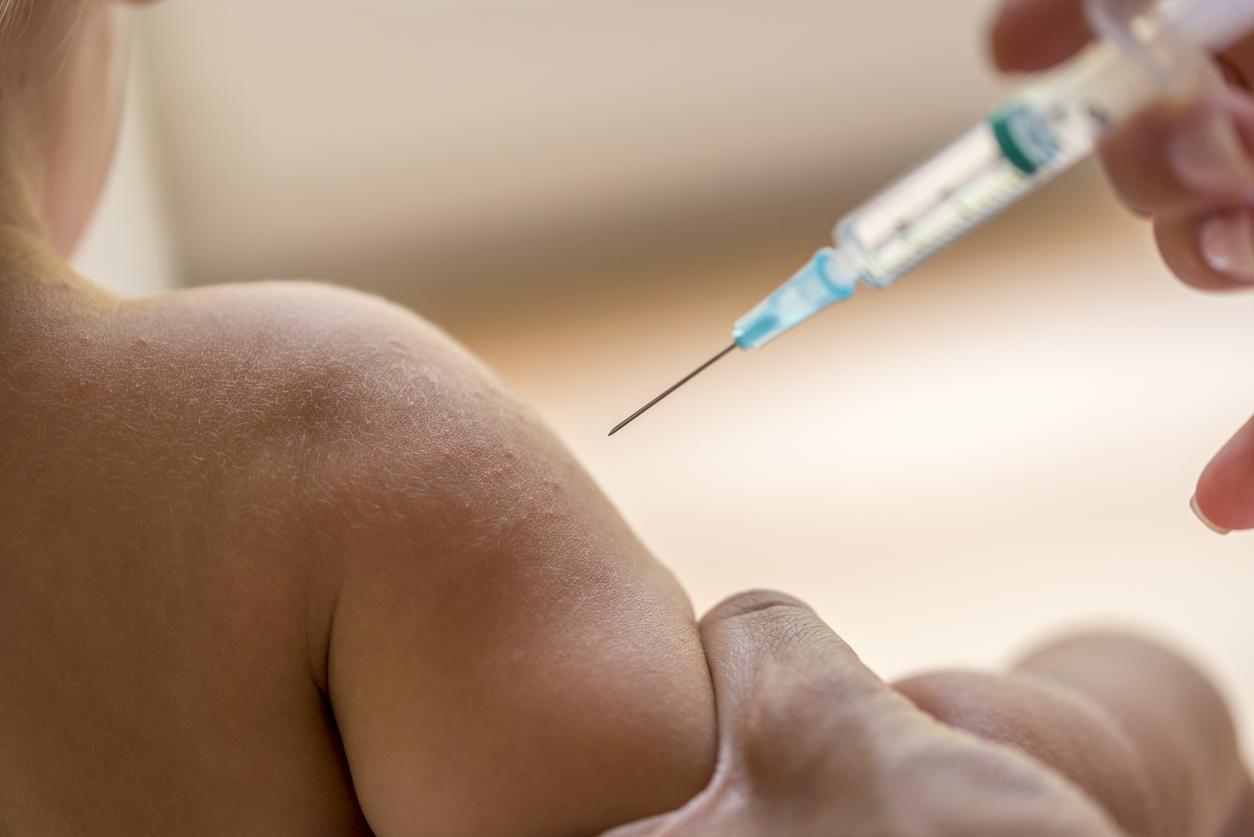The fight against measles and rubella has paid off in the United States: these two diseases are officially eliminated in the territory, announces the journal JAMA Pediatrics.

The United States won the war against measles and rubella. The Centers for Disease Control (CDC) concluded in 2011 to an elimination of these two infectious diseases. A report, published this December 5 in the newspaper JAMA Pediatrics, officially confirms this information. This makes the United States the most populous state to overcome measles, rubella and congenital rubella syndrome (CRS), which can cause fetal damage.
1 case per 1 million inhabitants
When we talk about diseases, elimination does not mean that there are no more declared cases. A few infections continue to emerge abroad and are transmitted locally. We speak of elimination when no continuous chain of transmission takes place for a year or more. This is the case in the United States, where the incidence of measles has remained under one case per 1 million inhabitants. The fight against rubella has been shown to be even more effective: the incidence has been stable at one case per 10 million people for ten years. And the vast majority of cases are of international origin or linked to importation.
These results confirm that the American health care system is efficient. It manifests itself on the one hand through strict disease surveillance and an immediate response in the event of contagion, but also through support from other countries in their efforts to fight measles and rubella. Finally, health authorities maintain a very high level of immunity in the country through high vaccination rates.
MMR: 67% of vaccinations
In France, a measles and congenital rubella elimination plan was put in place between 2005 and 2010. It included European objectives. In fact, this plan was manifested by a particular effort on the vaccination coverage of these two infectious diseases. The MMR (Measles-Mumps-Rubella) vaccine was given as a catch-up for people born after 1980. It is also recommended for newborns. But a limit appears: if the vaccination rate at one dose is very high (89%), that at two doses is much less (67%), according to figures from the Directorate of Research, Studies, evaluation and statistics (Drees). It takes just two doses for the vaccine to be effective. However, there has been progress in the recall of MMR, which has gone from 29 to 67% in 10 years.
The repercussions on the occurrence of rubella and measles are clearly positive. Rubella cases have fallen below the mark of 2 cases per 100,000 births, with a drastic drop in infections between 2001 and 2006.
Measles remains a problem nationwide. After a peak of infections in 2005, it became again a notifiable disease. Indeed, a majority of measles cases concern people over 10 years old and are potentially more dangerous. Surveillance since 2005 has made it possible to drop the number of cases and reduce the spring epidemic peaks. It remains to make sure that the attention is not slackened, in order to avoid a new peak as in 2005.
.










